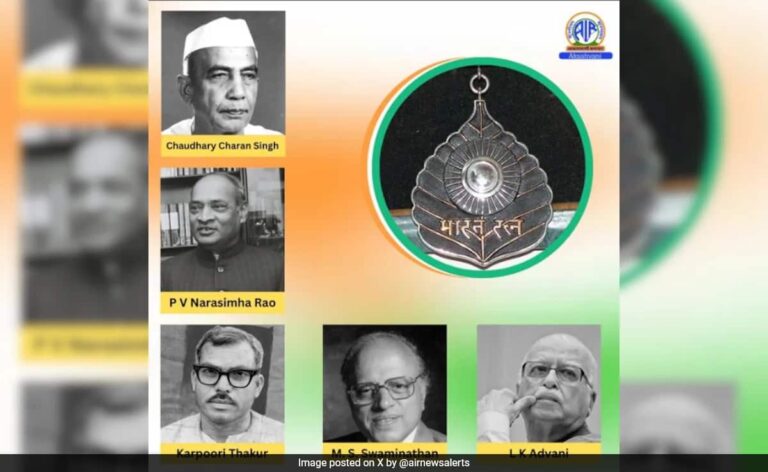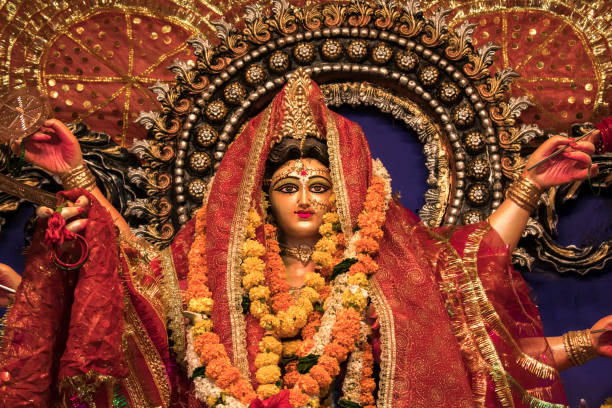Ayodhya holds significant social and strict importance and the finish of the sanctuary denotes a significant achievement. Here are a few subtleties of how the sanctuary was visualized and fabricated.
New Delhi: Ayodhya, a significant city in India’s set of experiences and strict heritage, praised the initiation of the Slam sanctuary this week. Accepted to be the origin of Master Slam, Ayodhya holds significant social and strict importance and the culmination of the sanctuary denotes a significant achievement. Here are a few subtleties of how the sanctuary was visualized and constructed.
Plan and Arranging
The development of the Slam Sanctuary in Ayodhya started with fastidious plan and arranging, consolidating conventional design components.
Specialists and planners teamed up to make a diagram that stuck to the Nagara style of sanctuary design, interfacing the new construction with India’s rich social legacy.
Development Material
The sanctuary’s establishment was laid utilizing an extraordinarily blended 56-layer designing film, supplanting conventional steel and support.
North of 23,000 interlocked rock stones were utilized, each weighing more than 3000 kg, adding to the strength and solidness of the design.
Support point Craftsmanship
The sanctuary includes fastidiously created support points, embellished with complex carvings.
A sum of 390 support points are organized across the three stories, exhibiting master craftsmanship and scrupulousness.
Establishment Designing
Engineers picked a special establishment approach, using the 56-layer designing film, a gigantic substantial pontoon, and a 21-foot high plate made of interlocked rock stones.
Thickness tests were directed for each layer, guaranteeing top-quality compaction and soundness.
Flexibility against Quakes
Taking into account Ayodhya’s area in a seismic Zone 4 locale, the sanctuary was intended to endure normal powers.
The interlocked rock stones and by and large foundational layout add to the structure’s versatility against seismic movement.
Social Importance
The sanctuary consolidates social and strict imagery, especially connected with Master Rama, whose origination is accepted to be in Ayodhya.
The unpredictable carvings and social components inside the sanctuary act as tokens of India’s creative and profound history.
Elements And Attributes Of The Slam Sanctuary In Ayodhya
The sanctuary is planned in the immortal Nagara style, described by a tall and curvilinear shikhar, adding a dash of structural class.
The sanctuary has 166 support points on the ground floor, 142 support points on the main floor, and 82 support points on the subsequent floor.
Six eminent Makrana marble points of support effortlessness each floor, adding to the sanctuary’s loftiness and extravagance.
The 23,000 interlocked rock stones were carefully organized to frame the sanctuary, exhibiting a consistent combination of custom and current development.
The support points and walls are enhanced with multifaceted carvings, including 10,000 sculptures and displaying India’s rich social legacy.
The sanctuary’s establishment is a remarkable designing accomplishment, as the conventional steel as cleared a path for the previously mentioned exceptionally blended 56-layer designing film, guaranteeing security.











+ There are no comments
Add yours